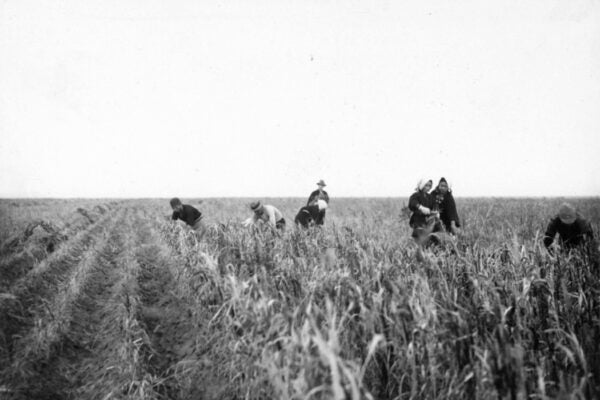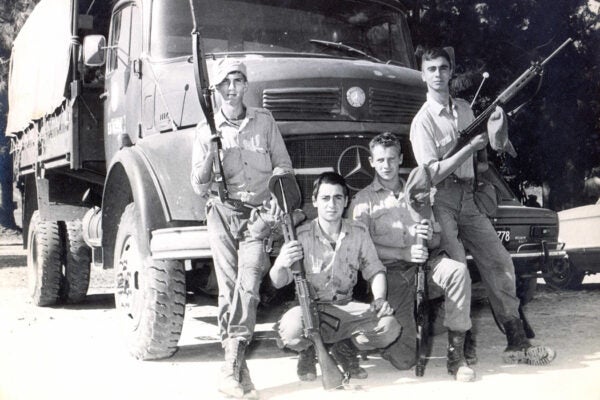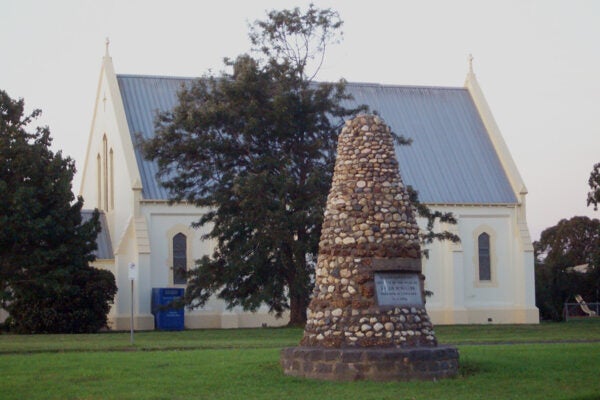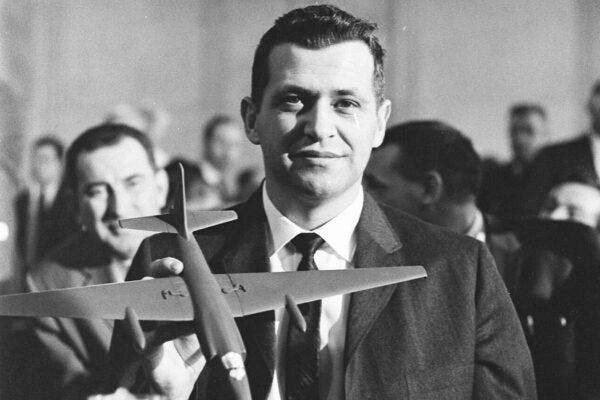Often, LGBTQ history is a history embedded in cities. But, historian Jonathan Coleman writes, some strains of thought feeding into the early gay rights movement came from completely different places, as the story of Kentuckian Lige Clarke demonstrates.
Coleman writes that Clarke was born in 1942 in a tiny hollow in eastern Kentucky. He joined the army and quickly rose to a position with high-level security clearances.
Clarke believed that the camouflage provided by his “hillbilly” background helped him to keep his position after joining the Mattachine Society of Washington, a gay civil rights group. He was introduced to the organization after meeting its vice president, Jack Nichols, at a gay bar. Clarke and Nichols began a lifelong romance, and Clarke became an active member of the society.
But, Coleman writes, Clarke’s beliefs were markedly different from those preached by Nichols and other Mattachine members. He questioned both the idea that being gay was an innate quality and that the goal of the movement should be to blend in with mainstream society. Clark attributed his views about sexuality to what he framed as a typical Appalachian childhood of sexual experimentation with boys and girls.
“Sunday evening church revivals were good cause for rejoicing,” he once wrote. “While adults praised the Lord inside the church we young’uns, more practical by far, enjoyed automobile orgies in the parking lot out back.”
As a teenager, Clarke had relationships with both an older woman and his male best friend, who later married a woman and became a father. Later in life, he said his “preference” was neither for men nor women but for Nichols.
But Coleman writes that their different views caused problems for the couple early on. Nichols sought a relationship mirroring heterosexual marriages, with himself as the head of household. Clarke, who rejected same-sex marriage as a movement goal, wanted something less conventional. This led to a separation in 1967, but the two reunited the next year, reconceptualizing their relationship more in line with Clarke’s ideas.
They moved to New York, sharing an apartment with lesbian civil rights leaders Barbara Gittings and Kay Tobin. There, Clarke embraced yoga, Buddhist philosophy, vegetarianism, and LSD. He jokingly called himself a witch, another aspect of his identity that he tied to his mountain origins, where he said that belief in witchcraft and wise women was common.
Weekly Newsletter
Nichols and Clarke wrote a widely read column for the pornographic newspaper Screw. After the Stonewall Riots, they used this platform to claim that “the homosexual revolution is only part of a larger revolution, sweeping through all segments of society.” As the gay liberation movement swelled, Clarke and Nichols founded their own newspaper, Gay.
In 1975, Clarke died, violently and mysteriously. He had accompanied a new friend to Mexico, where the car in which the two were sleeping was fired on.
Clarke once said he was “sort of anxious to get old and look back” on the history-making activism that defined his life. Unfortunately, he never got the chance.
Teaching Tips
- Letters and essays written by Jack Nichols can be found in the Reveal Digital Collection. Read Nichols on “gay separatism” and “coming out,” in The Gay Alternative. An announcement of Lige Clarke’s murder can be read in The Gay Liberator.
- A brief description of Clarke’s fabulousness can be read in the Philadelphia Gay News.
- A brief review of I Have More Fun with You than Anybody (Nichols and Clarke, 1972) can be read in Door.
- Read “Discussions with Barbara Gittings” in Lavendar Woman.







